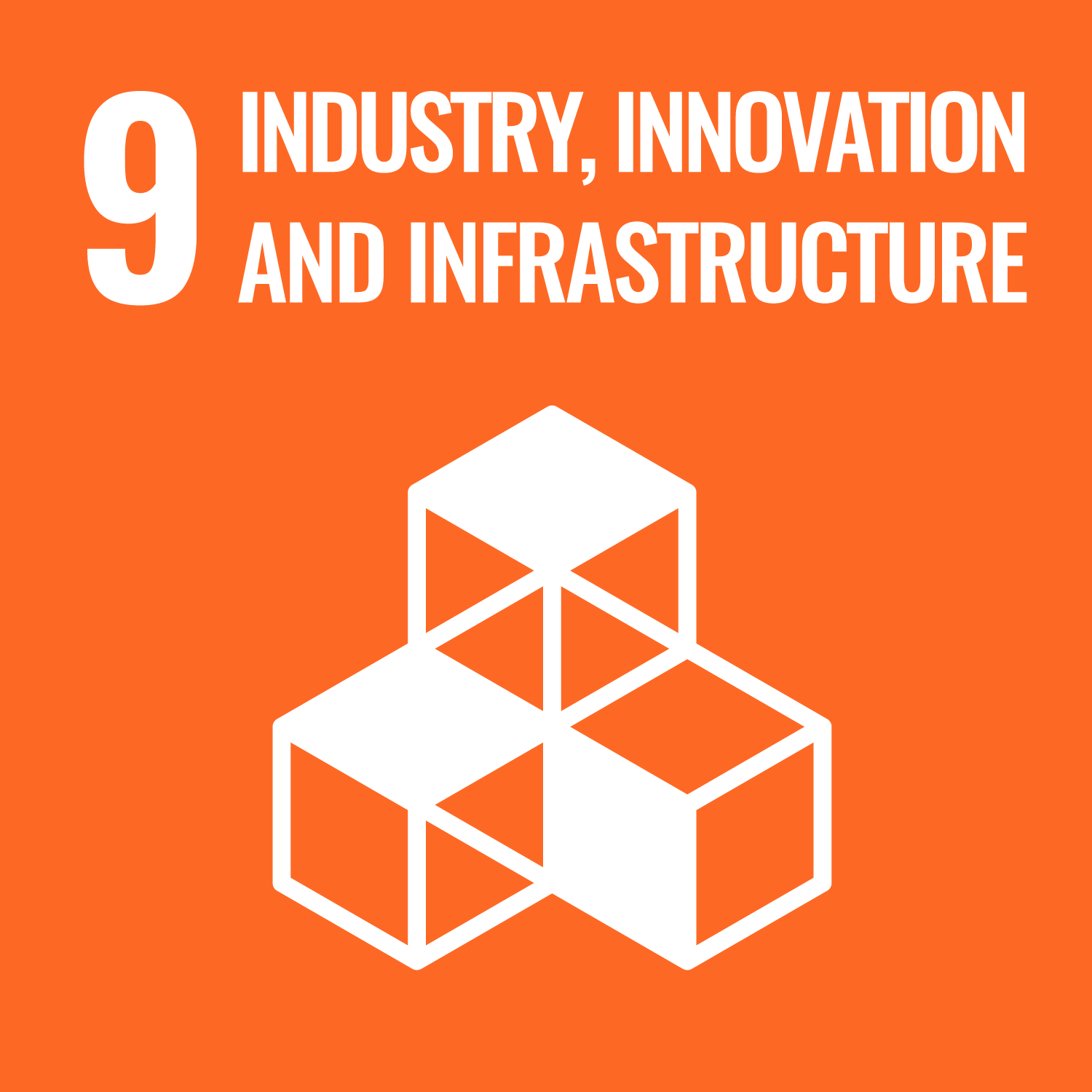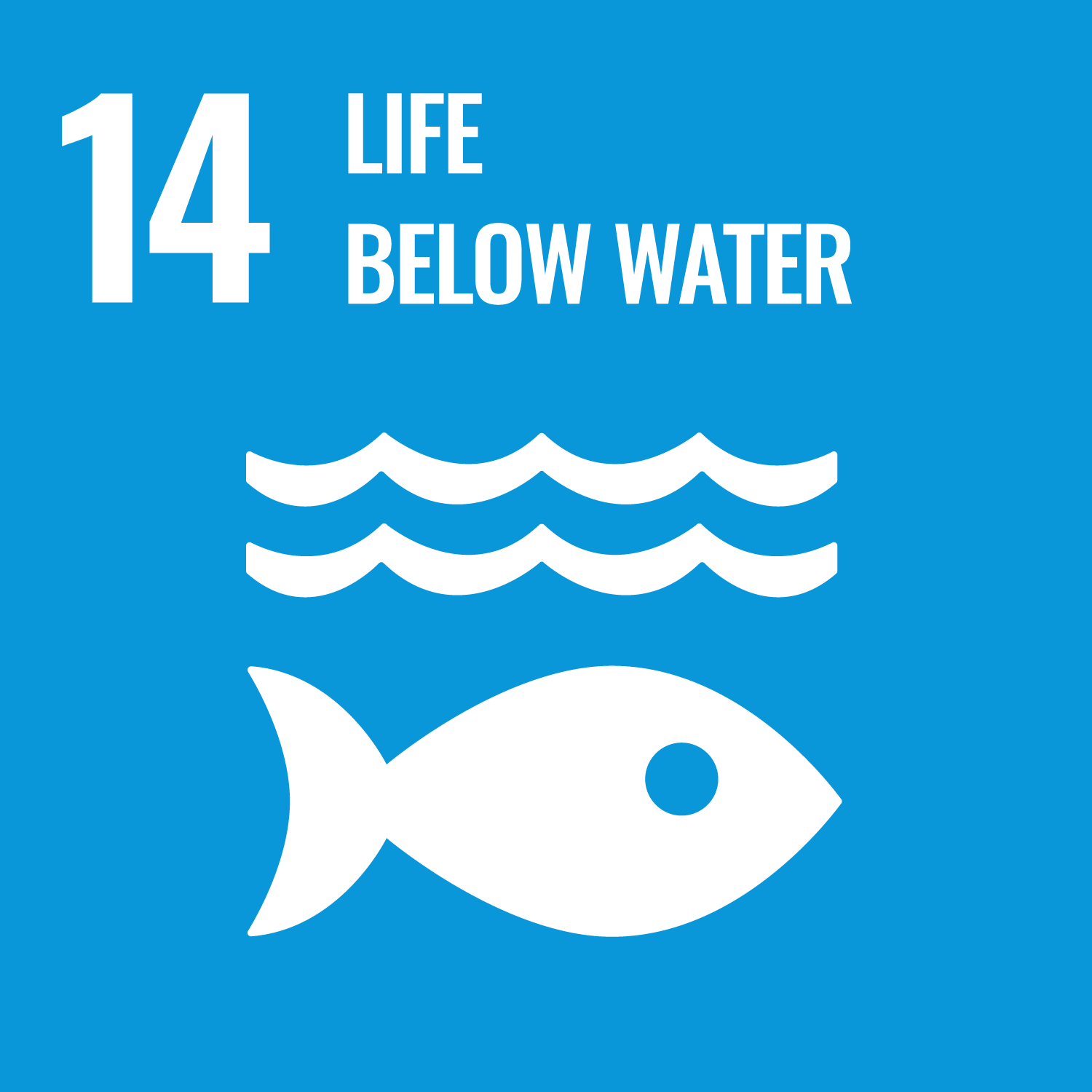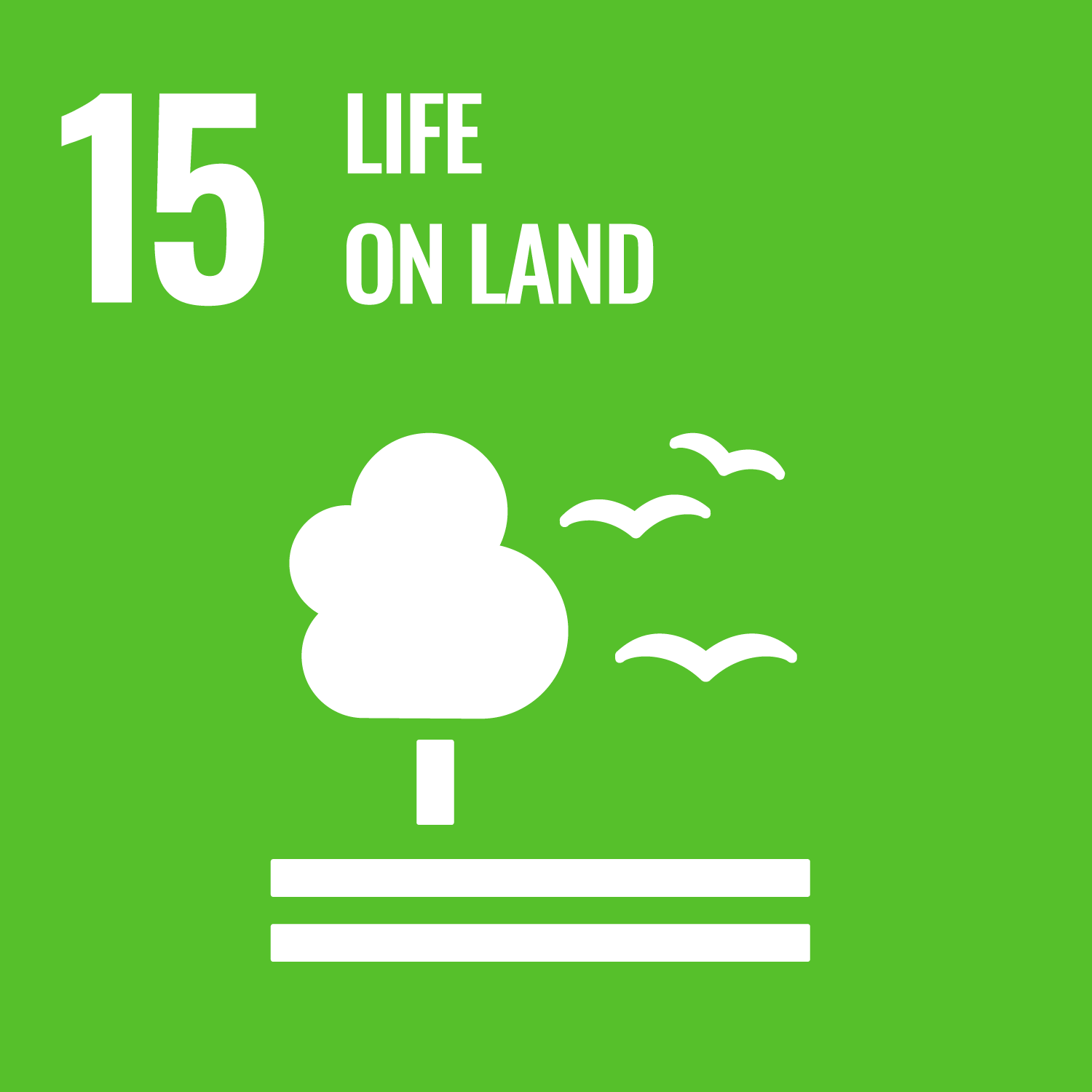
Dollar Donation Club
Organization
Plastic Fischer
Stopping ocean-bound plastic in rivers
🛡️ High Trust Rating
🧐 Low Risk Rating
Return On Donation
$1

Integrated Impact ScoreVetted By

Expert Consensus
An ultra cost-effective way to prevent plastic from entering the oceans, with an elegant and reliable technology.
Snapshot
The Problem
11 million tons of plastic waste enters the ocean every year, killing millions of animals annually. 80% of ocean plastic pollution comes from land-based sources, and rivers are the main way that plastic gets transported out to sea.
The Solution
"Trashbooms" are floating barriers that stop plastic waste in rivers before it reaches the ocean.
Impact to Date
Prevented over 412 Tons of plastic from entering the oceans (as of Dec 2022)
Designed the first open-source walkable river trash boom system
Expanded river “trashbooms” into multiple countries throughout Asia
Location of Impact
Asia
Impact Per $1
$1 = 2.2 lbs of ocean-bound plastic removed
Proof of Impact
Plastic removal is verified by a third party partner (Empower)
Monthly photo, video, and audio updates
Time to Realize Impact
< 3 months
Fund Usage

Will it actually make a difference?
Plastic Fischer is focused in a region that feeds plastic into one of the top 10 most polluting rivers in the world (Ganges River, India), and is employing a proven and measurable solution. 80% of ocean plastic pollution comes from land-based sources, and rivers are the main way that this plastic gets transported out to sea.
Each donation goes to the manufacturing and maintenance of river barrier systems that help develop waste management in local regions, and prevent ocean-bound plastic from reaching the ocean. In a word, yes!
How is the donation used?
Each dollar removes 1 kilogram or 2.2 lbs of ocean-bound plastic from highly polluting rivers (primarily in Asia) and ensures proper processing so that it never returns to the water or to landfills again.
DDC's Favorites
3L approach: Locally sourced, low-tech & low-cost! This means more dollars going to removing plastic.
Plastic Fischer open-sources their river plastic solutions.
Rivers account for an estimated 80% of ocean plastic!
Plastic Fischer processes every kg of plastic removed to ensure it never returns to a river/the ocean ever again!
Key Drawbacks
Plastic Fischer is still a relatively young organization, working with a new technology that has not been proven over an extended period of time.
Although they are growing quickly, Plastic Fischer's scale is still relatively small compared to the scale of the problem. Their model is highly scalable, but it will take time to grow and clean more of the 1,800 rivers that transport the most ocean-bound plastic.
Plastic Fischer stems the flow of waste plastic to the oceans, but it alone won't stop the source of the plastic problem -- system-wide change is also needed (e.g. by governments and large corporations) to prevent production of single-use plastic in the first place.
We see an opportunity for Plastic Fischer to grow their partnerships and collaborations, to work with others who are cleaning plastic and advocating for change in the plastic problem.
Fund Usage

Integrated Impact Score
Effectiveness
85%Transparency
80%Track record
70%Measurability
100%Wisdom
88%Impact Innovation
95%Impact Stack
5.7Expert Vetters
Individual Questions
The Context
About Ocean Plastics
We have a plastic pandemic.
Plastic makes life super convenient for humans, and super inconvenient for everyone else in the ecosystems of planet earth.
At least 8 million tons of plastic enters the oceans annually. Marine animals ingest or are entangled by plastics, which causes severe injuries and deaths. Over 650,000 marine animals are killed annually by entanglement.
The issue of Ocean Plastics can be looked at in 5 large categories:
1. Manufacturing & consumption (the root issue)
2. River pollution (feeding into oceans)
3. Coastal pollution
4. Ocean Macroplastics (big stuff)
5. Ocean Microplastics (small stuff)
6. Recycling & Reuse
Manufacturing & consumption
Humanity has generated over 8.3 billion tons of plastic over the last 6 decades, and it’s estimated that 91% of that isn’t recycled. At the same time, it takes over 400 years for those plastics to break down.
To get to the root of the issue, manufacturers, companies and consumers must confront the reality that a paradigm shift is needed at the root.
River pollution (feeding into oceans)
Rivers transport between 0.47 million to 2.75 million metric tons of plastic into the ocean every year. 80% of ocean plastic pollution comes from land-based sources, and rivers are the main way that this plastic gets transported out to sea. Less than 2,000 rivers are responsible for 80% of all the plastic that rivers release into the ocean.
Coastal Pollution
A less significant portion of ocean plastics drift from waste sites toward coastlines and ultimately end up in the ocean.
Ocean Macroplastics
The big stuff in the ocean is primarily abandoned fishing gear (up to 70% of all surface plastics are fishing gear). These “Ghost Nets” roam the ocean killing over 650,000 marine animals annually, destroying reefs and transmitting diseases between reefs (source).
Ocean Microplastics
Mid-ocean microplastics are easily the most challenging and difficult aspect of this challenge to tackle. These are plastic particles less than 5mm in length, and include microfibers from clothing, microbeads and plastic pellets (source). Macroplastics (like Ghost Nets) also eventually break down into microplastics over time.
Additional Data & References
About
We’re levelin’ up philanthropy!
The Dollar Donation Club Integrated Impact Score was designed to ensure that the world’s most powerful and holistic solutions are presented to our members. The goal is to identify acupuncture points of change – solutions that create maximum positive benefit using minimal resources, while triggering a large cascade of additional benefits.
More importantly, the Integrated Impact Score embodies our approach of smart-philanthropy.
It’s not enough for us to give with only our heart. We must also give intelligently – identifying solutions that address root causes, generate outsized measurable outcomes, integrate holistically into existing communities, consider long-term impacts, reduce the risk of unintended consequences and lead to self-reliant capabilities rather than co-dependencies.
It’s time for us to focus less on things like “overhead ratios” and more on the total, holistic positive result per dollar. Oh yeah, and it should be fun!
We believe that the best solutions...
- Solve root-causes rather than symptoms.
- Consider their impact 100 years into the future.
- Produce massive impact efficiently.
- Care for people and planet holistically.
- Leverage nature’s and humanity’s best technologies.
- Are radically transparent – financially and operationally.
- Are resilient against threats of reversal.
- Result in self-reliance, rather than dependence.
- Clearly understand total costs to achieve outcomes.
This vetting methodology was designed with careful care to identify these solutions.
How we calculate the Integrated Impact Score:
Individual Dimension Score
The scores for each individual dimension (e.g. Transparency, Measurability) are calculated by adding up the total points (1-5) per section and dividing by the total possible points for that section.
Impact Stack
The amount of points awarded for the Impact Stack section is based on an assessment of how directly or indirectly and effectively or ineffectively the solution addresses a particular Sustainable Development Goal, using the SDG indicators as a guide. Impact Stack is treated like a bonus of points by adding up the total Impact Stack score and dividing by 10 (i.e. every 10 points gives a bonus of +1 to the final IIS score).
Overall Integrated Impact Score
The overall Integrated Impact Score is calculated by averaging the total scores received in each of the Individual Dimensions (e.g. Transparency, Measurability, etc.). We then add the bonus points awarded by the Impact Stack. Overall scores are rounded up to the nearest integer at 0.5 (e.g. if a score of 94.5 is calculated, the final score will be 95, if a score of 94.4 is calculated, the final score will be 94).
Vetting methodology 02.01 | Published 12.29.2022 | This report's change log is here.


100% of contributions go to the Dollar Donation Club Fund, a wholly owned subsidiary of Legacy Global Foundation Inc, a public 501(c)3 charitable organization.
© Dollar Donation Club 2026











